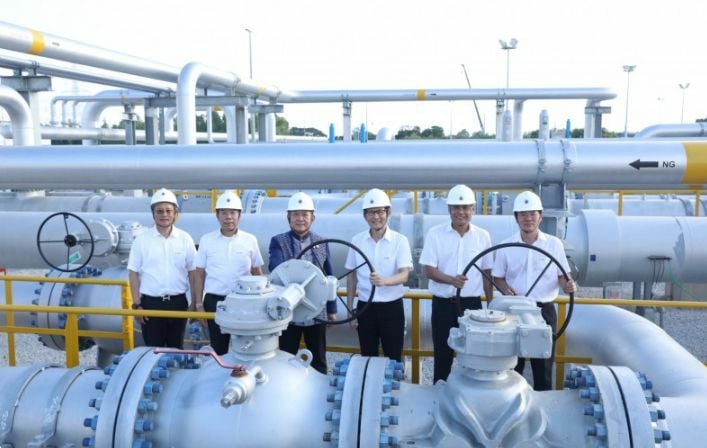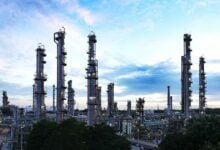Thailand’s longest onshore gas pipeline launched by PTT

PTT President Auttapol Rerkpiboon announced the opening of Thailand’s longest onshore gas pipeline. The 417-kilometre pipeline, previously delayed due to Covid-19, will secure the gas supply across seven provinces, supporting power generation, industrial operations, and transportation.
As part of PTT‘s fifth-phase development, the pipeline extends from the company’s gas separation plants in Rayong to Nontha Buri, facilitating a gas transport network from east to west.
Auttapol highlighted the strategic importance of the pipeline in transporting gas from key areas such as the Gulf of Thailand, liquefied natural gas (LNG) receiving terminals, and the western region receiving gas from Myanmar.
The pipeline is engineered to supply two billion standard cubic feet of gas per day, with the construction of 28 gas control stations.
Initially approved by the National Energy Policy Council in September 2015, the 110 billion baht project was due to kick off operations in 2021. However, the global pandemic between 2020 and 2022 resulted in the delay of the project’s timeline.
The new facility is set to replace pipelines dating back over three decades from the first and second phases. PTT is also working on a gas separation plant (unit 7) and another onshore pipeline to transport natural gas from the Bang Pakong region to the South Bangkok Power Plant in Samut Prakan.
These projects are currently under construction, with the former expected to be operational by the fourth quarter of this year and the latter by 2025, reported Bangkok Post.
Thailand’s gas supply comprises 55% domestic gas, 28% imported LNG, and 17% gas imported from Myanmar, amounting to a total volume of 1,487 metric million British thermal units, as cited by the Energy Regulatory Commission.
In similar news, The Federation of Thai Industries’ Renewable Energy Industry Club urged the government to revise the country’s electricity trade system from the longstanding enhanced single buyer (ESB) model, arguing it hampers the growth of renewable energy.
Latest Thailand News
Follow The Thaiger on Google News:


























